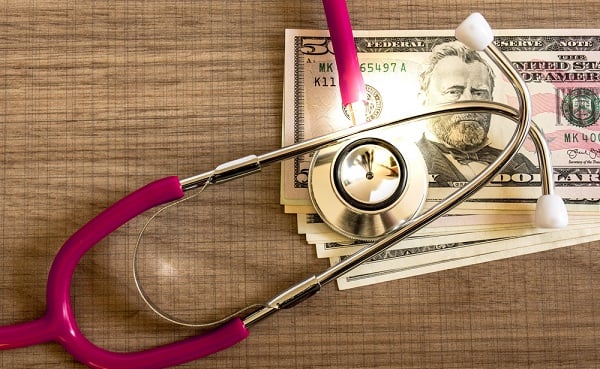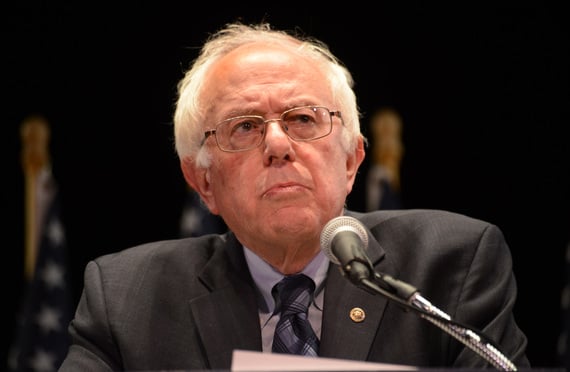 Whileemployer spending on health care may fall in 2020 as compared to2019, it could jump in 2021 depending on several factors. (Photo:Shutterstock)
Whileemployer spending on health care may fall in 2020 as compared to2019, it could jump in 2021 depending on several factors. (Photo:Shutterstock)
It's no secret that the economicimpact of the COVID-19 shutdown, massive strain on the health caresystem and shelter-in-place rules large of the population haveadopted have changed American life in many ways, some likelypermanent.
|A just released annual report byPwC's Health Research Institute, "Medical Cost Trend: Behind the Numbers," takesa deep dive into the forces driving health care costs and likelytrends through 2021, predicting that costs could rise between 4%and 10%, depending on multiplefactors.
|Some of those factors involve theway health care itself is delivered, with virtual consultations andtherapy sessions taking the place of face-to-face visits, allowingfor savings by payers but cutting into providers'billing.
|Related: Hospital costs drive overall 4.1% increase inhealth care costs
|There is also the well-documentedtrend of providers individuals foregoing care — ofttimes to theirdetriment — out of fear of being infected, leading to leading to a"liquidity crisis" for many providers since the pandemic broke outin March. While there signs it was receding in May, new data isshowing troubling signs of new spikes in several areas of thecountry as rules are relaxed and economiesreopen.
|Projections indicate that as manyas 20 million people may lose their employer-sponsored health carewith unemployment reaching 15% in April, outdistancing the numbersof jobless during the Great Recession, the report said; there was aslight improvement in May, with the percentage of unemployedsliding to 13%.
|Among workers who retained theirjobs or will find new employment, there's still likely to be amajor shift in workplace dynamics: Almost half of the corporatechief financial officers surveyed by PwC said they plan to havesome employees work remotely on a permanentbasis.
|Among other findings, thepandemic has accelerated a trend among employers to offer mentalhealth benefits. According to thereport, "TheCOVID-19 pandemic, with its attendant anxiety and social isolation,likely will drive further demand for mental health care at a timewhen employers are eager to expand access."
|It also projected an increasingdemand for high-dollar "specialty drugs," including some gene therapies and other existing drugs thatcould be approved for more diseases.
|While those developments maydrive up costs, the report cited two "bright spots" for 2021. Oneis the widespread acceptance of telehealth as a "viable anddesirable alternative to in person care," racing costs foremployers and providers.
|The other is a narrowing of provider networks as employers"shed costs and make health care providers more willing in theshort term to give price concessions or take on more risks inexchange for predictable cash flows, if it helps them get patientsto return for care."
|The report said thatwhile employer spending on healthcare may fall in 2020 as compared to 2019, it could jump in 2021depending on several factors.
|PwC crafted three possiblescenarios to assist employers and health plans gear up for thefuture.
|In a "low spending" scenario,medical costs could rise by about 4%; a "medium spending" scenario— in which spending grows at about the same rate as it did between2014 and 2019 — projects a 6% increase, while a "high–spending"scenario forecasts a 10% increase. PwC said one key concern is getting people withchronic conditions who are on employer-sponsored insurance toovercome COVID-19 fear to seek treatment.
|"On average, people with complexchronic illnesses cost employers eight times more than healthyindividuals, with an average annual cost per person of over $11,000— a number that could balloon even higher if their illness is leftunmanaged for too long," it said.
|The report quotes PaulHughes-Cromwick, co-director of sustainable health spending atMichigan-based Medicare and Medicaid research nonprofit AltarumInstitute, saying the degree to which Americans againseek out non-emergency care remains a big unknown.
|"Some people areassuming that all you have to do is open back up and everythingwill be fine," he said. "It is one thing to throw a party; youstill need people to attend the party."
|Read more:
Complete your profile to continue reading and get FREE access to BenefitsPRO, part of your ALM digital membership.
Your access to unlimited BenefitsPRO content isn’t changing.
Once you are an ALM digital member, you’ll receive:
- Critical BenefitsPRO information including cutting edge post-reform success strategies, access to educational webcasts and videos, resources from industry leaders, and informative Newsletters.
- Exclusive discounts on ALM, BenefitsPRO magazine and BenefitsPRO.com events
- Access to other award-winning ALM websites including ThinkAdvisor.com and Law.com
Already have an account? Sign In
© 2024 ALM Global, LLC, All Rights Reserved. Request academic re-use from www.copyright.com. All other uses, submit a request to [email protected]. For more information visit Asset & Logo Licensing.







